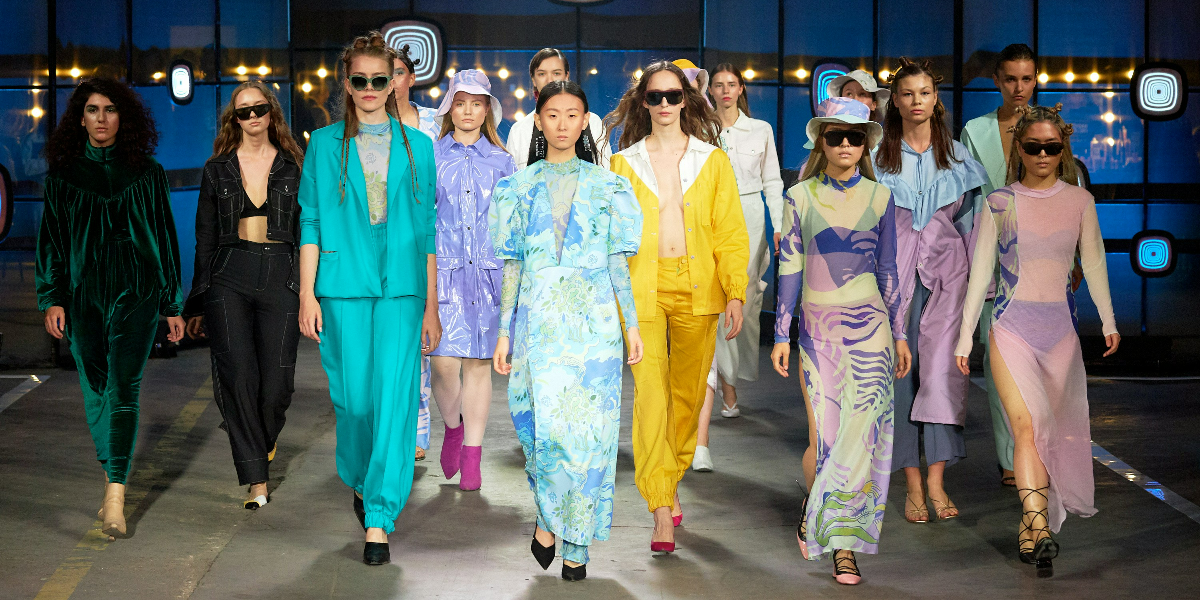Emojis have woven themselves into the fabric of our digital conversations, becoming indispensable tools for expression across various platforms. Moji Edit emerges as a pivotal resource for anyone looking to decode the extensive library of emojis, from the universally recognized smiley face to more nuanced symbols like the wavy mouth or the beer mugs, offering all emoji meanings. This comprehensive understanding of emoji meanings enhances communication, allowing users to select the perfect emoji to match their intended tone and message.
Discover Every Emoji Meaning
Moji Edit excels in breaking down the vast emoji lexicon. It serves as a comprehensive source, whether you’re curious about the nuanced difference between a grinning face and a beaming face with smiling eyes or the appropriate context to deploy a slightly smiling face versus a relieved face. This platform provides clarity, ensuring users can navigate the complexities of emoji meanings with ease.
Beyond Basic Expressions: The Depth of Emojis
The site delves into the emoji keyboard with precision, addressing the diverse range of emojis beyond basic facial expressions. From the warmth of a smiley face to the intricate meanings behind symbols like the cold sweat emoji or the medical mask, Moji Edit clarifies their use in digital communication. It even addresses emojis with dual interpretations, such as the fire emoji, which is celebrated for representing both literal heat and metaphorical ‘hot’ trends or items.
Emoji Meaning: Emotional Expression through Emojis
Understanding the subtleties of emoji use, Moji Edit highlights how these digital icons enhance the way we communicate emotions online. It shows how a laughing emoji or tears of joy emoji can add a layer of emotional depth to messages, making conversations feel more personal and engaging. The platform also offers insights into emojis that convey complex emotions, such as the mixed feelings represented by an anxious face or the sorrow behind a sad tears emoji.
The Role of Emojis in Digital Etiquette
Moji Edit doesn’t just stop at emoji meanings; it also explores the etiquette of emoji use in digital communication. Recognizing the power of emojis to bridge gaps in text-based conversations, it guides users on how to use emojis to complement their messages without misinterpretation. From the excitement conveyed by extreme laughter emojis to the empathy of a hug emoji, Moji Edit ensures users can wield these symbols effectively.
Tailored Guides for Every User
Whether you’re decoding the latest Snapchat emojis or exploring the expressive range of smiling faces and beyond, Moji Edit caters to all levels of emoji literacy. It’s the go-to for understanding the subtle differences between seemingly similar emojis, like a smiling face with an open mouth versus an open mouth emoji, enabling users to enhance their digital dialogue authentically.
Moji Edit stands as a vital ally for digital communicators, providing the insights needed to navigate the emoji landscape confidently. With its extensive guides and thoughtful analyses, users are equipped to add depth and precision to their emoji usage, making every message both meaningful and delightful.
Expanding the Emoji Vocabulary
Emojis offer a palette of expressions for digital communicators, each icon a brushstroke in the art of online conversation. Moji Edit continues to guide users through this vibrant landscape, ensuring every emoji used—from the classic smiley to the more complex depictions—adds depth and authenticity to digital interactions.
Conveying Emotions: The Heart of Communication
A smiling face, often seen as the cornerstone of emoji communication, transcends cultural and linguistic barriers. When you use this emoji, it universally conveys warmth and friendliness. But the emoji lexicon is nuanced. A face with smiling eyes might share a moment of genuine happiness, while a blushing face could depict a moment of flattery or mild embarrassment, showcasing the subtleties of human emotion in digital form.
For moments of joy and celebration, the heart-shaped eyes emoji is perfect, representing an intense level of love or interest. Meanwhile, the relief depicted by a relieved face can express a sense of calm after a period of stress or sadness, demonstrating how emojis can convey complex emotional transitions.
Expressing Playfulness and Humor
The emoji representing a stuck-out tongue, often accompanied by winking eyes, captures a playful, teasing moment. It’s a way to lighten the conversation or show irony. In contrast, the floor laughing emoji encapsulates uncontrollable laughter, ideal for those moments when something is incredibly amusing, far beyond a simple smiling face or even tears of joy.
Navigating Negative Emotions
Not all moments are positive, and emojis provide a way to express the spectrum of human emotion. An angry face might convey frustration or irritation, a necessary component of honest communication. For sadness, the sad face or a face depicting intense sadness offers a way to share feelings of sorrow or disappointment without words. The quivering face stands as a symbol of negative feelings, such as fear or apprehension, enriching the conversation with a level of emotional transparency.
Unique Expressions: Beyond the Basics
Moji Edit delves into unique and less common emojis, providing insight into their meanings and uses. The bat emoji or cat face can add a whimsical or themed element to messages, depending on the context. Even emojis like the poop emoji, which might seem trivial at first glance, carry their charm and humor, often used to diffuse tension or add a light-hearted tone to the conversation.
For those looking to add an edge to their messages, the middle finger emoji exists, though it’s best used with caution, understanding its strong connotation and potential to offend. Similarly, the devil horns depict a mischievous or rebellious attitude, adding a playful yet bold element to one’s emoji vocabulary.
Emojis as Cultural Symbols
Some emojis transcend their apparent visual representation to convey cultural significance or phenomena. The crescent moon might evoke feelings of tranquility or symbolize the start of a festive period in certain cultures. Meanwhile, the crossed-out eyes emoji could represent disbelief or amazement, adding a dramatic flair to the message conveyed.
Moji Edit ensures users not only recognize the face value of each emoji but also understand the deeper meanings or cultural significance behind them. Whether it’s a classic emoji like a smiling face or more nuanced symbols like the fearful screaming face, each has a place in the rich tapestry of digital communication.
Frequently Asked Questions
What do positive feelings grinning face emojis convey in a conversation?
The positive feelings grinning face emoji depicts sheer joy and enthusiasm, often used to show happiness or approval in digital interactions. It’s a universal symbol that brings a light-hearted tone to any message.
Can you explain the meaning behind the emoji depicting a relieved face and why it might appear sad?
An emoji depicting a relieved face conveys a sense of relief or release from stress, yet it might appear sad due to the subtle expressions of worry or discomfort that preceded the relief. It’s used to express the complex emotions of transitioning from a tense to a calmer state.
How can I interpret an emoji icon that shows negative feelings quivering face?
An emoji icon showing negative feelings quivering face represent feelings of fear, anxiety, or nervousness. It’s useful for conveying a sense of vulnerability or unease in a situation.
What does it mean when someone uses an emoji that stands for or depicts something specific?
When someone uses an emoji that stands for or depicts something specific, it’s meant to convey a particular idea, emotion, or context more efficiently than words alone can. Each emoji conveys its unique message, enriching the conversation with visual shorthand for complex emotions or situations.
Published by: Holy Minoza










